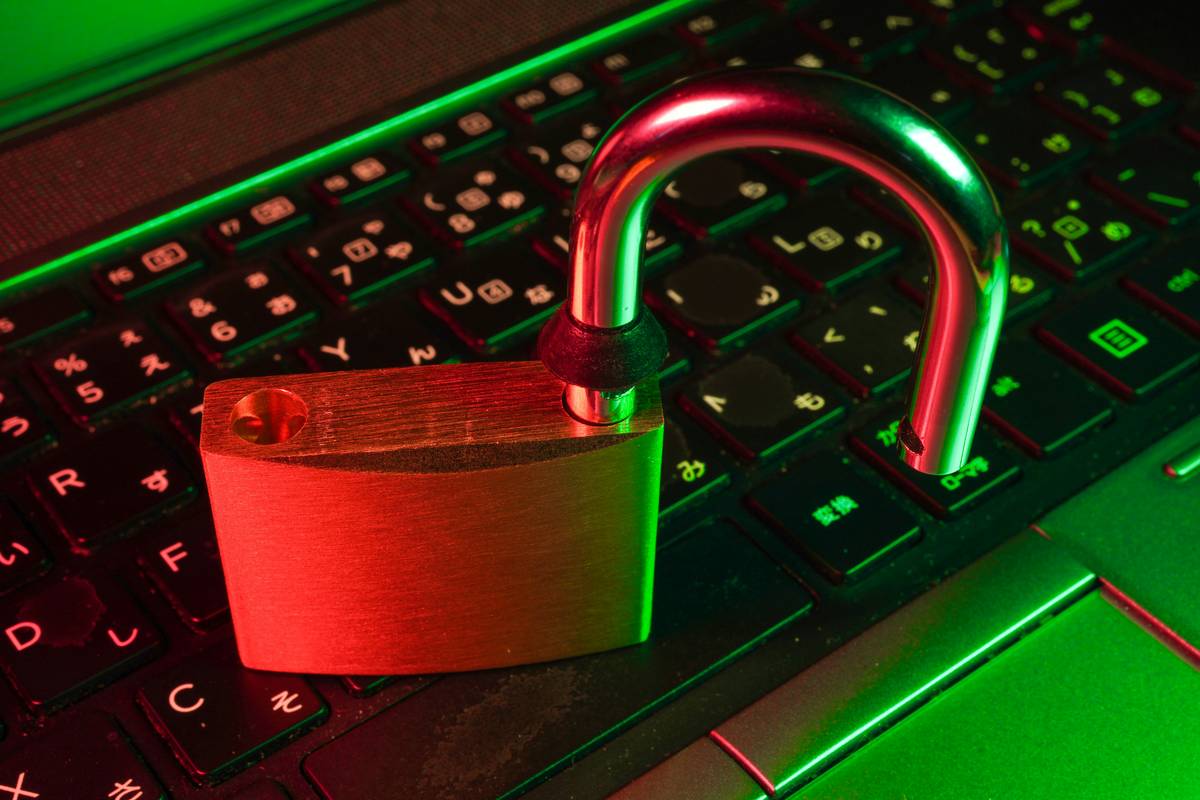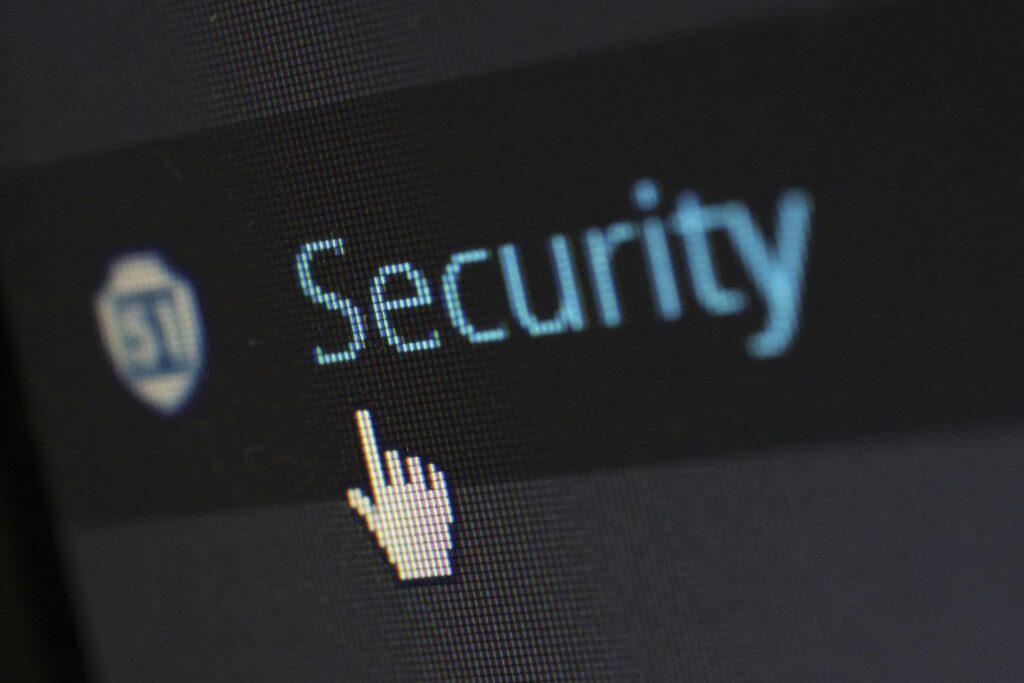Ever clicked a link in an email from “your bank” only to realize seconds later it was a scam? You’re not alone. Phishing attacks are now responsible for 90% of data breaches, costing businesses billions annually.
In this post, we’ll explore the biggest cybersecurity challenges around phishing—and arm you with actionable phishing prevention strategies. From identifying sneaky scams to fortifying your defenses, you’ll learn exactly how to protect yourself and your organization. Stay tuned for tips, real-world examples, and even a few laughs along the way!
Table of Contents
- The Growing Threat of Phishing Attacks
- Step-by-Step Guide to Phishing Prevention
- Top Tips for Strengthening Your Defenses
- Real-Life Examples of Phishing Prevention Success
- Frequently Asked Questions About Phishing
Key Takeaways
- Understand why phishing is one of today’s top cybersecurity challenges.
- Implement step-by-step strategies like multi-factor authentication (MFA) and employee training.
- Discover tools, apps, and habits to make your digital life safer.
- Learn from case studies where companies stopped phishing attempts dead in their tracks.
The Growing Threat of Phishing Attacks
“Optimist You:” ‘I’ll never fall for a phishing scam—I’m too smart for that.’
“Grumpy You:” ‘Yeah, tell that to the 300,000 people who fell victim last year.’
Phishing isn’t just some outdated hacking technique; it’s evolved into a sophisticated cyber weapon. Imagine getting an email so convincing, it looks identical to messages from your HR department or favorite shopping site. Sounds terrifying, right? That’s because it *is*. According to Verizon’s 2023 Data Breach Investigations Report, email phishing accounted for 46% of all security incidents.

So, what makes phishing such a persistent threat? Here are the three main reasons:
- Human Error: No matter how tech-savvy you think you are, anyone can be tricked under pressure.
- Sophistication: Attackers use AI to craft hyper-realistic emails and clone websites.
- Low Barrier to Entry: Scammers don’t need advanced coding skills—just basic tools and a malicious mindset.
Step-by-Step Guide to Phishing Prevention
If you want to stay safe online, follow these steps religiously. Trust me, your future self will thank you.
Step 1: Enable Multi-Factor Authentication (MFA)
MFA adds an extra layer of security by requiring users to provide two or more verification factors. Think of it as locking your front door and installing a deadbolt.
- Email accounts
- Banking apps
- Work systems

Step 2: Train Employees on Spotting Red Flags
I once worked at a company where IT sent out fake phishing emails to test employees. Let’s just say some folks didn’t pass the sniff test—and ended up “winning” a mandatory webinar on cybersecurity best practices.
- Look for misspellings and awkward phrasing.
- Hover over links before clicking to check URLs.
- Avoid downloading attachments unless absolutely sure.
Step 3: Use Anti-Phishing Tools
Anti-phishing software scans emails and websites for signs of fraud. Some popular options include:
- Google Safe Browsing
- Microsoft Defender SmartScreen
- Norton 360
Step 4: Keep Software Updated
Patch those updates ASAP. Yes, they’re annoying—but skipping them is like leaving your car unlocked in a sketchy neighborhood.
Top Tips for Strengthening Your Defenses
#1: Adopt a Zero Trust Policy
Assume everyone inside and outside your network is suspicious until proven otherwise. Brutal honesty time: This might slow things down initially but trust us—it’s worth it.
#2: Don’t Fall for Free Wi-Fi (It’s a Trap!)
Public Wi-Fi networks are notorious for being hotspots (pun intended) for hackers. Always use a VPN when connecting to unknown networks.
#3: Terrible Tip Alert—Don’t Rely Solely on Password Managers
Yes, password managers are great. But relying entirely on them without understanding how they work is risky. If the service gets hacked, so do you.
Real-Life Examples of Phishing Prevention Success
Last year, a Fortune 500 financial firm dodged a massive phishing attack thanks to proactive measures:
- They conducted regular employee drills using simulated phishing campaigns.
- Implemented AI-powered email filtering to detect anomalies.
- Created a culture of reporting suspicious activity immediately.
The result? Not a single successful breach across their global offices.
Frequently Asked Questions About Phishing
Q: What does phishing look like?
A: It often mimics legitimate emails, messages, or websites but contains subtle giveaways like mismatched URLs or urgent language.
Q: Can phishing happen via text message?
A: Absolutely! Smishing (SMS phishing) is on the rise, especially targeting mobile users.
Q: Is there any foolproof way to avoid phishing?
A: Unfortunately, no. However, combining education, technology, and vigilance significantly reduces risk.
Conclusion
Phishing may feel overwhelming, but armed with the right phishing prevention strategies, you can fight back smarter—not harder. Remember: Slow down, question everything, and always double-check before taking action online. Your data—and wallet—will thank you.
Like a Tamagotchi, your cybersecurity needs daily care. Stay sharp out there!


